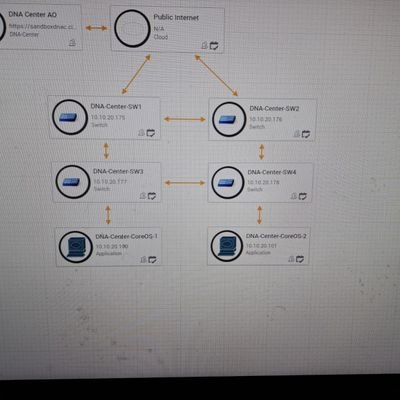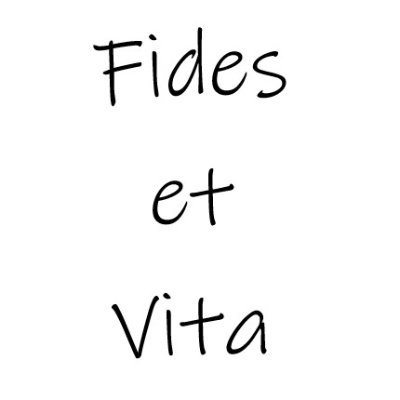Python Question / Quiz; What is the output of the following Python code, and why? Comment your answers below!

Answer: a. [1, 2, 3] The code initializes a list x with the values [1, 2, 3]. A copy of this list is then assigned to y using the x.copy() method. This creates a new, independent list for y. When 4 is appended to x, it only modifies the list x, leaving y unchanged.
HEAVY WATER : Official Music Video From the forthcoming album "Behind The Firewall"
Option a because before appending we have created a copy of x in y and appending is done in x not y so it will print 1,2,3
1. y = x.copy() creates a new list with the same elements as variable x 2. y is an independent list 3. x.append(4) updates list x becoming [1, 2, 3, 4]. List y remains unchanged 4. Therefore print(y) outputs [1, 2, 3] on the console
First we copy x to y, making y=[1,2,3]. Then the append command is for x, i.e adding 4 to x. This has no effect on y, which means y remain same as y=[1,2,3]. Therefore, answer is option a
a. I am still pissed at python for loop for not functioning like C loop.
🐶 Wrap yourself in warmth, wag and plaid. The perfect holiday sweatshirt for you (or a pet-loving friend) this Xmas! Shop here >> arlistic.co/doghoodies

Ans. a. [1, 2, 3] x.append(4) applies to x, y remains the same.
just watched this yt with a pelvic health expert, all women should see this super interesting info tbh
A...the append refers to the initial variable x, while the print functions calls the y value
A copy method of list return copy of original list therefore x and y refers to different memory location
a) [1,2,3] if we use y=x instead of y=x.copy() then the output is b) [1,2,3,4].
United States Trends
- 1. Max B 10.5K posts
- 2. Alec Pierce 1,859 posts
- 3. Kyle Pitts 1,016 posts
- 4. Penix 1,678 posts
- 5. Badgley N/A
- 6. Bijan 2,115 posts
- 7. #Colts 2,199 posts
- 8. #ForTheShoe 1,304 posts
- 9. Zac Robinson N/A
- 10. Good Sunday 73.5K posts
- 11. $SENS $0.70 Senseonics CGM N/A
- 12. #Falcons 1,151 posts
- 13. Tyler Allgeier N/A
- 14. Dee Alford N/A
- 15. $LMT $450.50 Lockheed F-35 N/A
- 16. #Talus_Labs N/A
- 17. $APDN $0.20 Applied DNA N/A
- 18. #AskFFT N/A
- 19. JD Bertrand N/A
- 20. Cam Bynum N/A
Something went wrong.
Something went wrong.




































